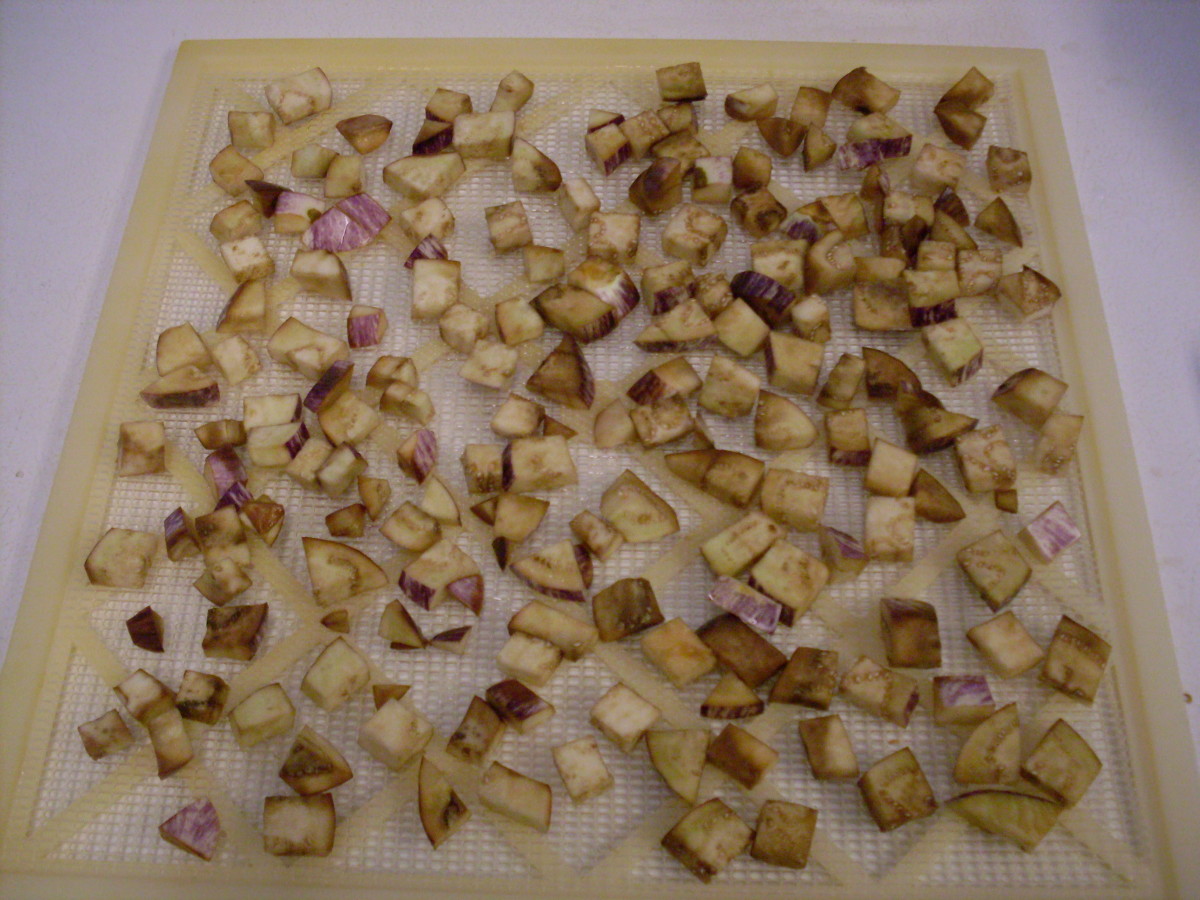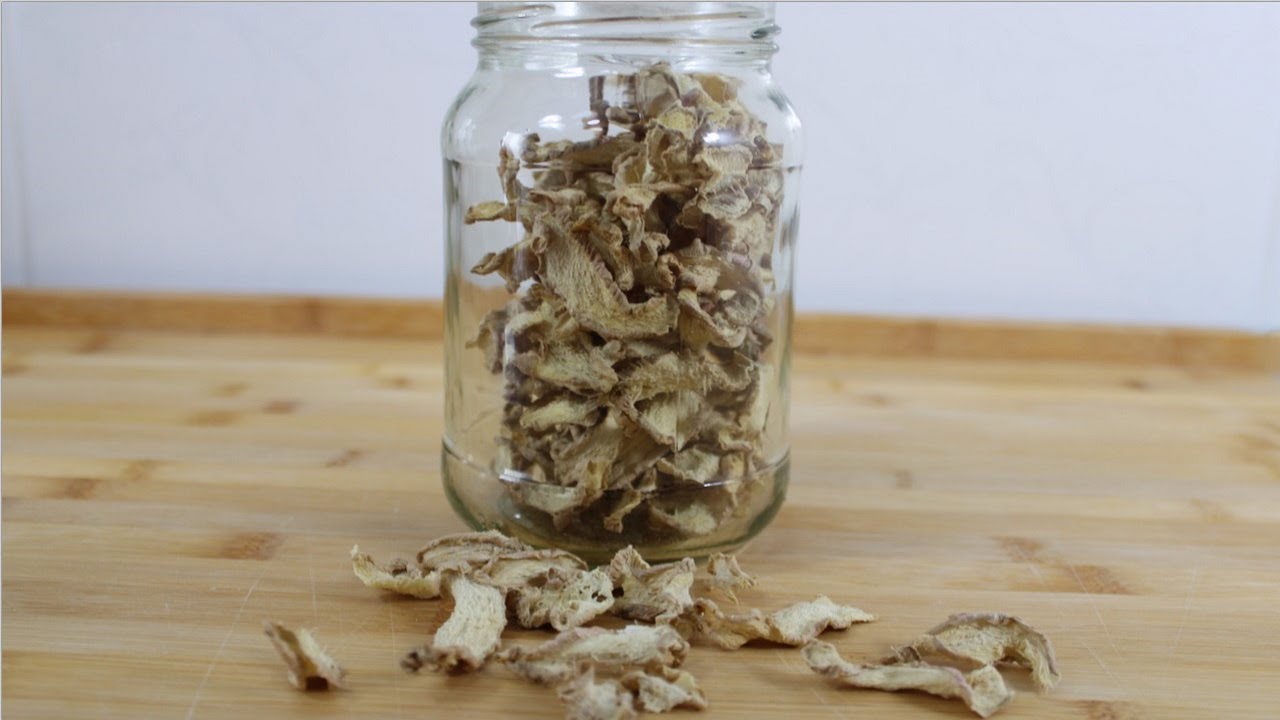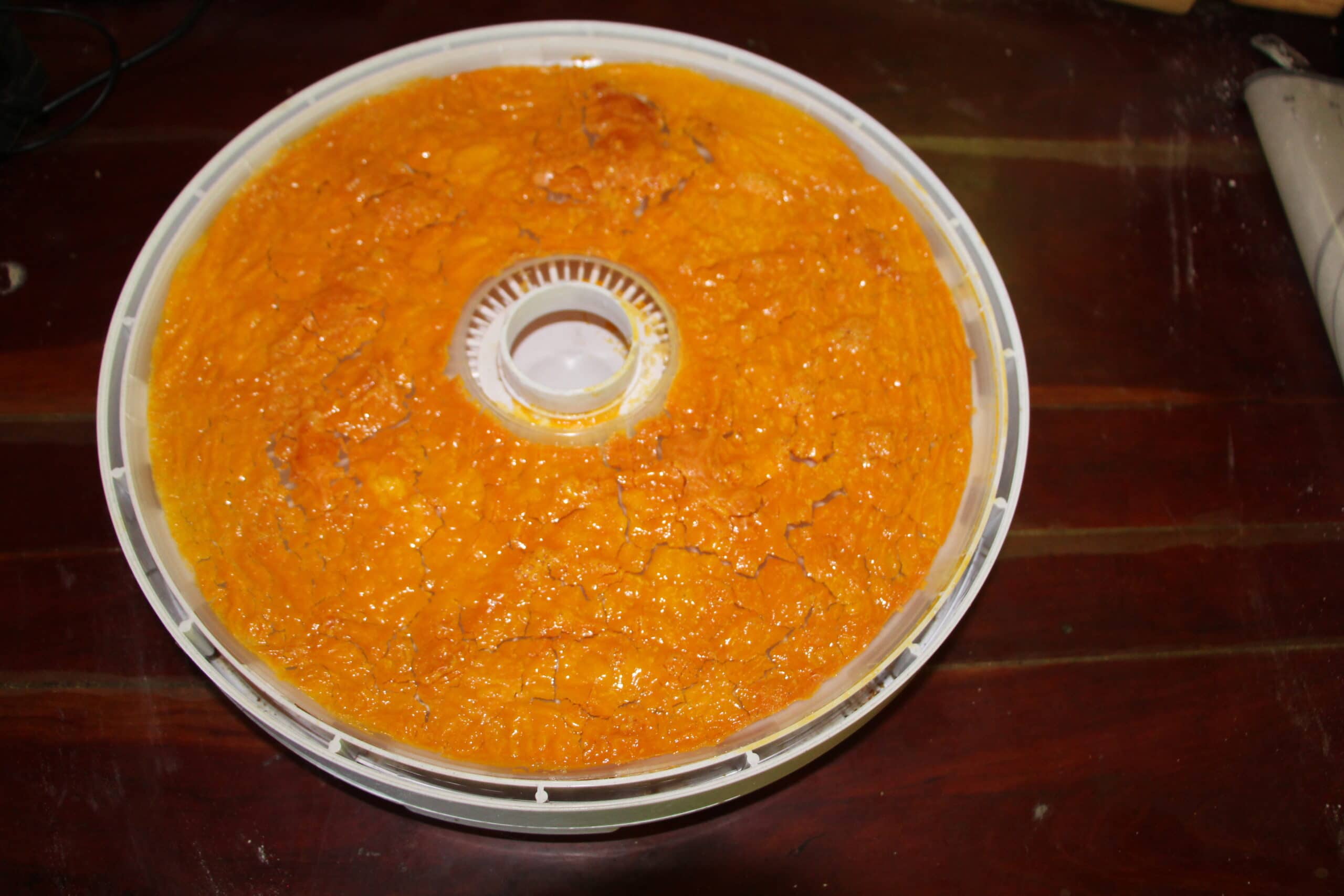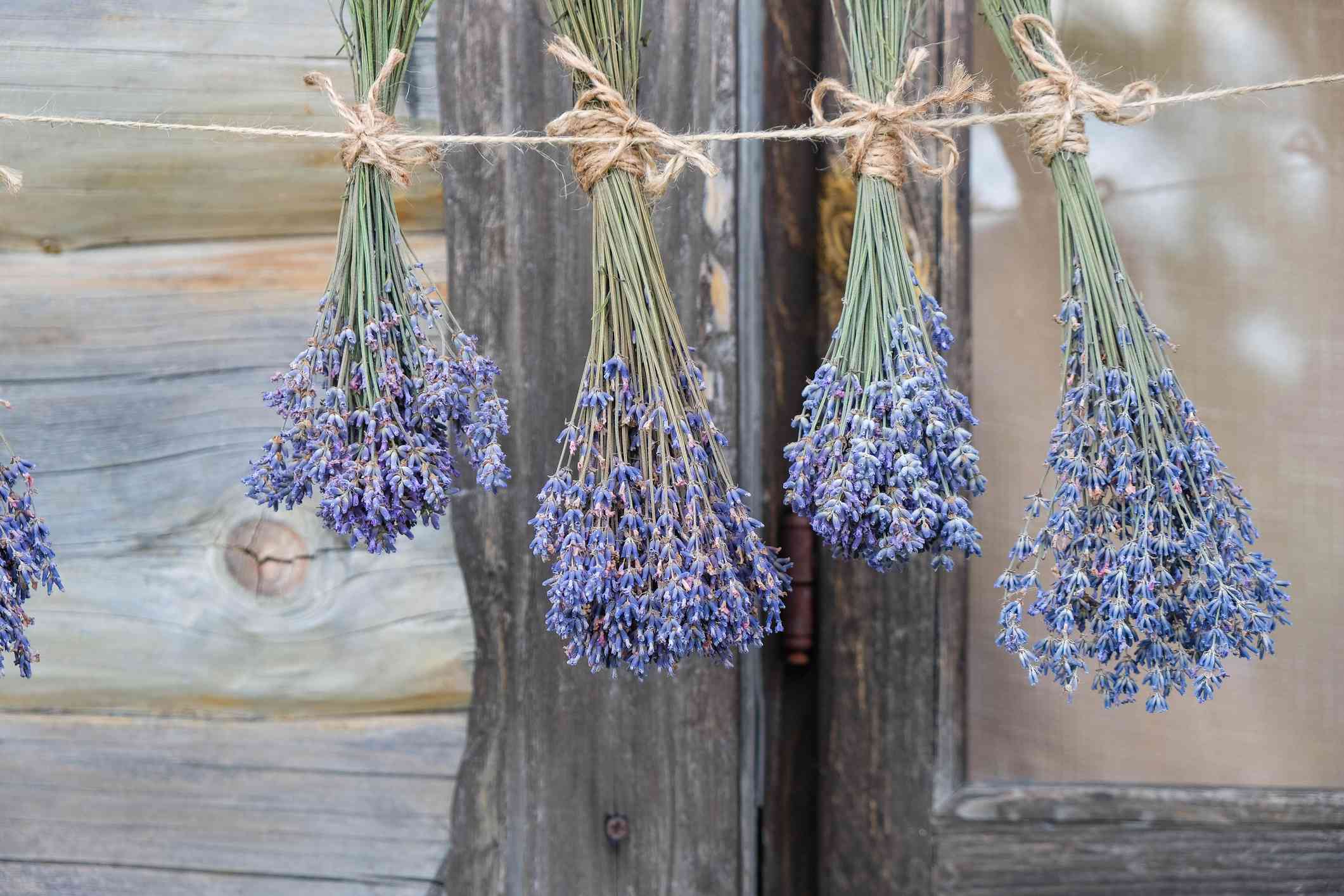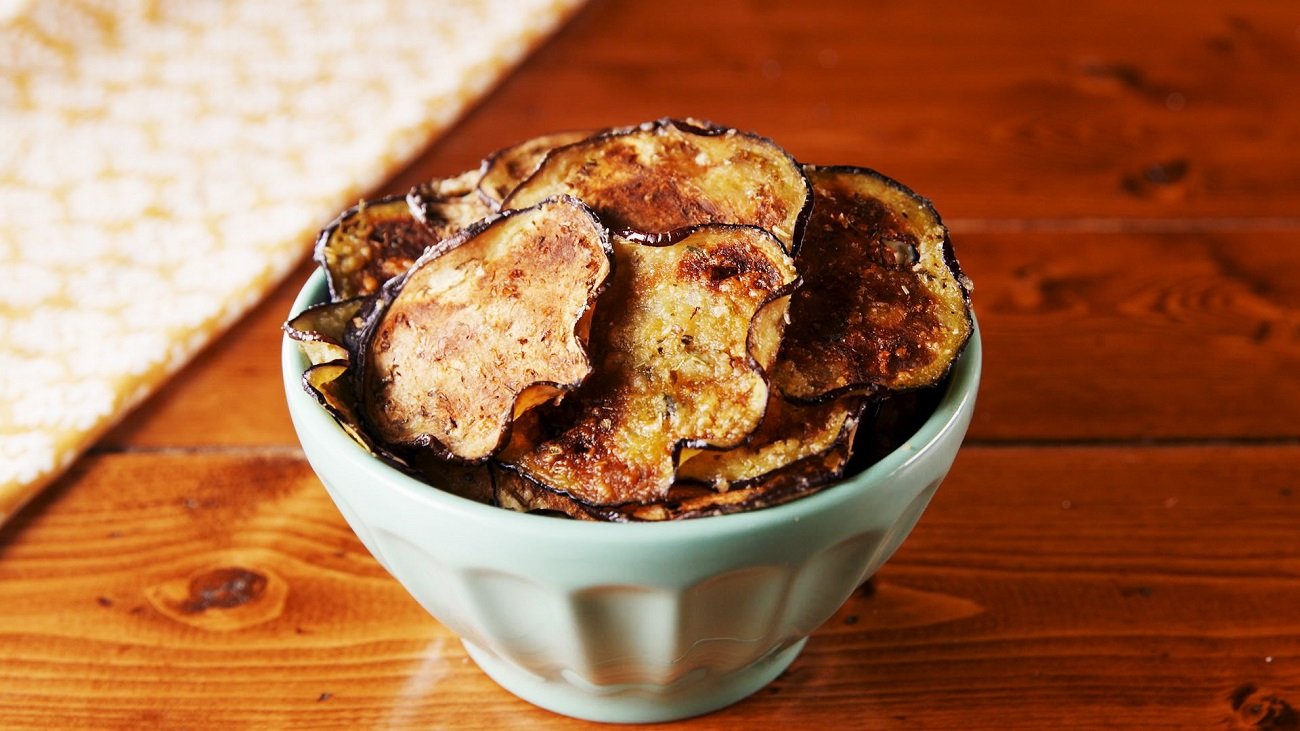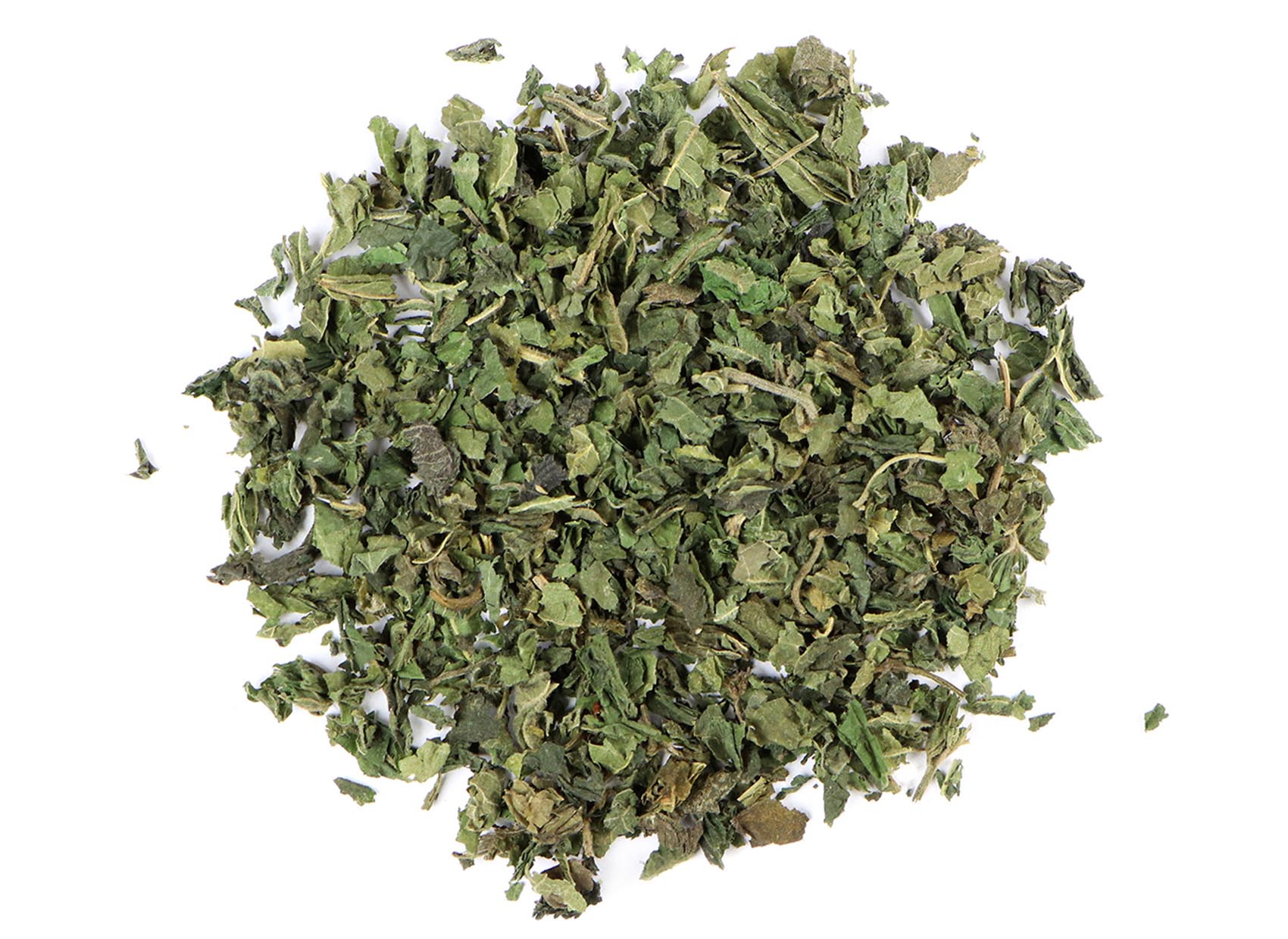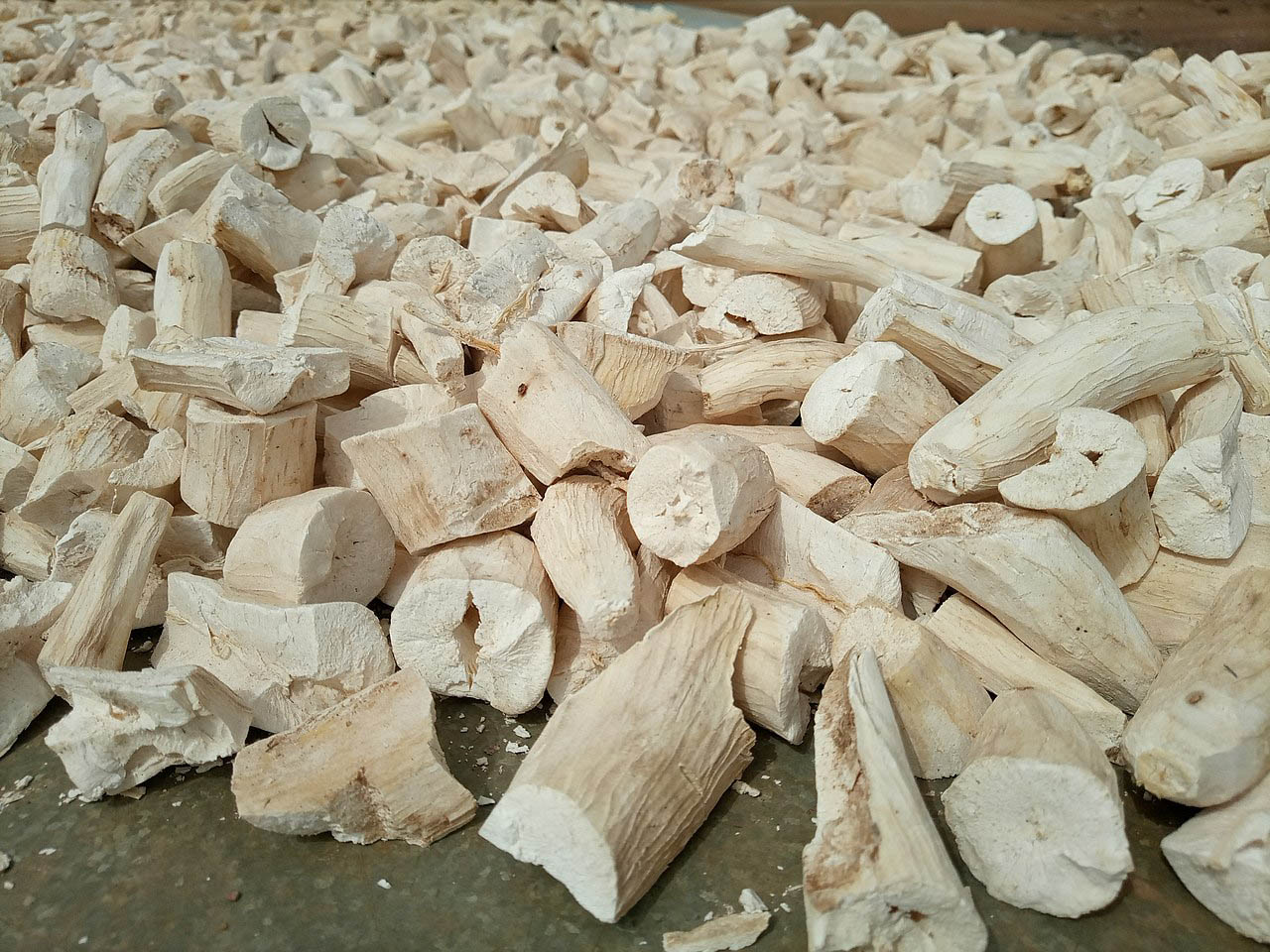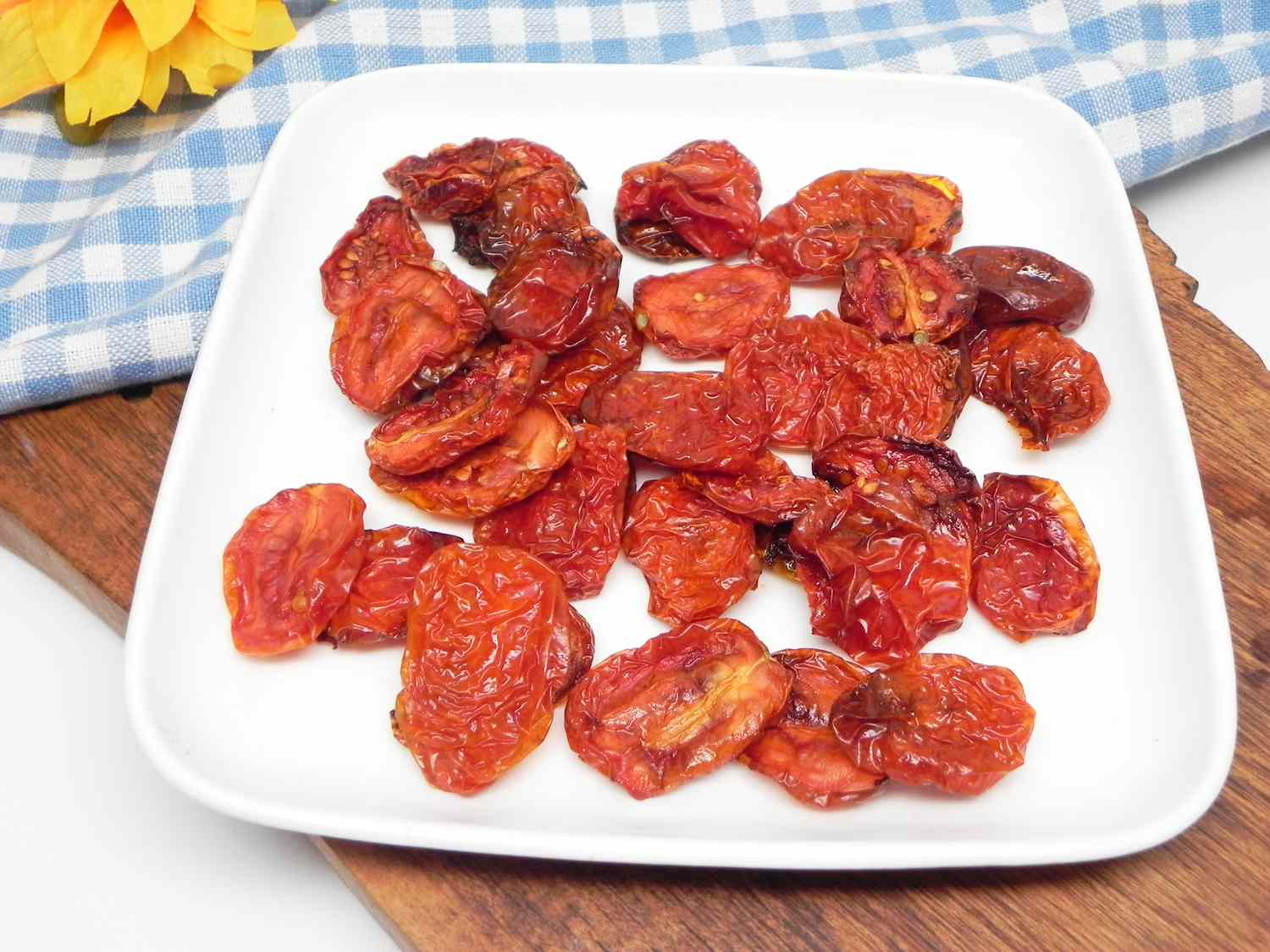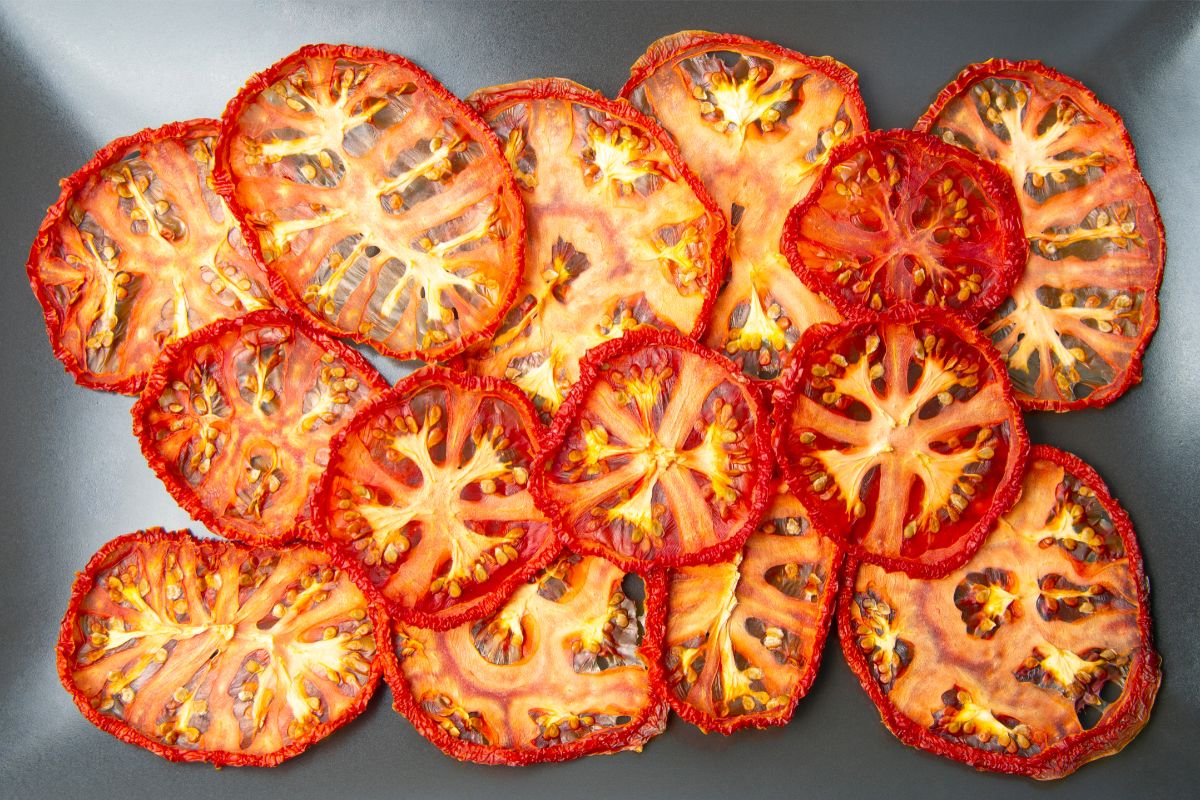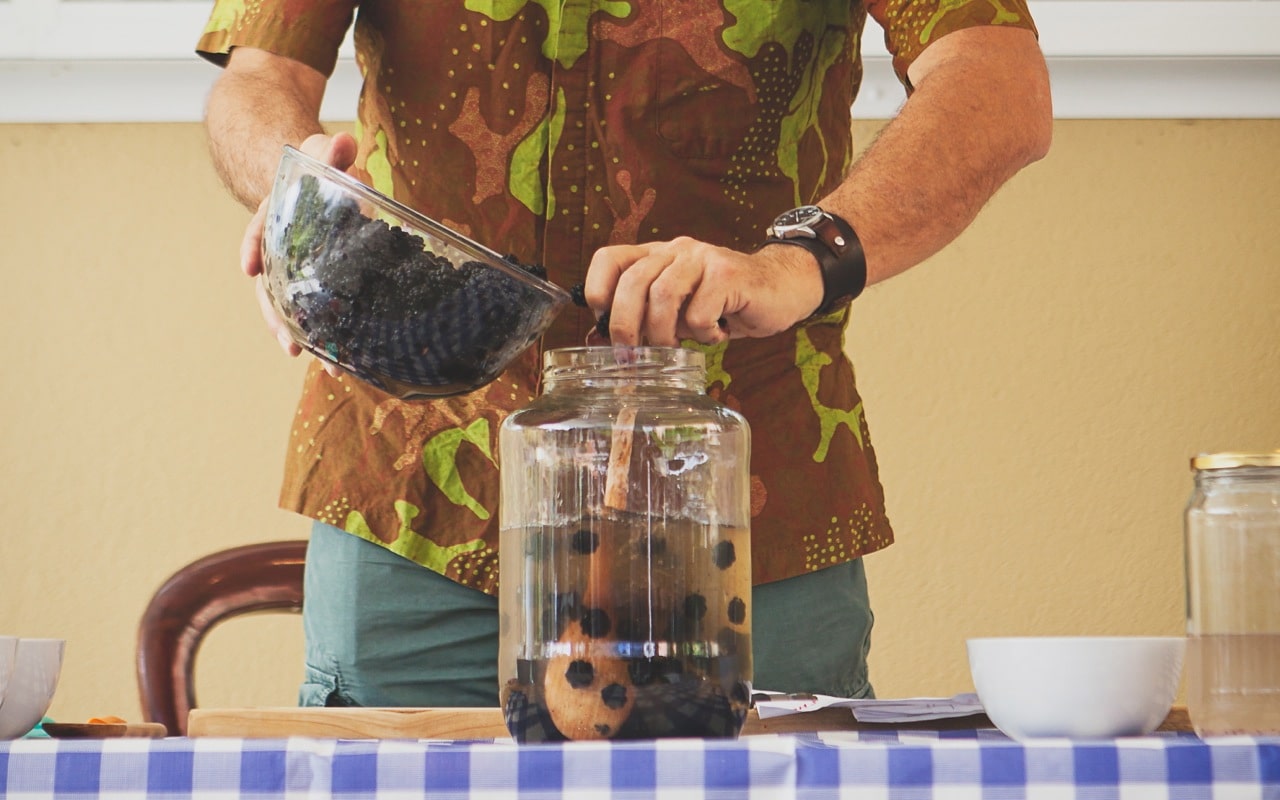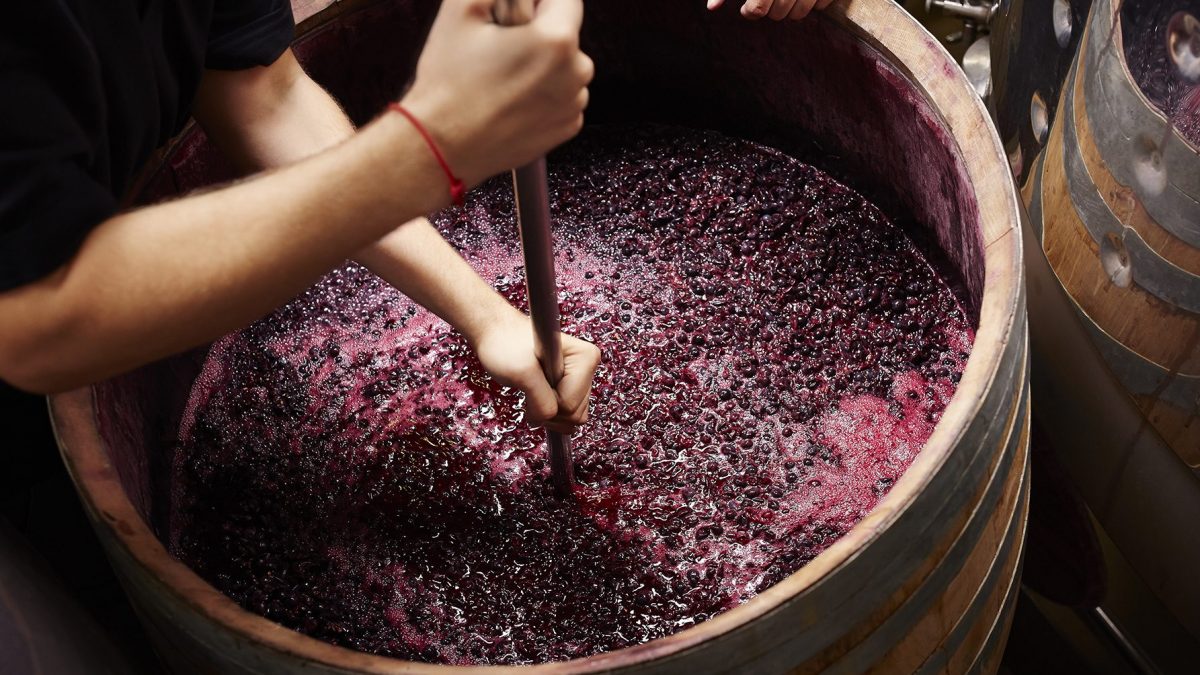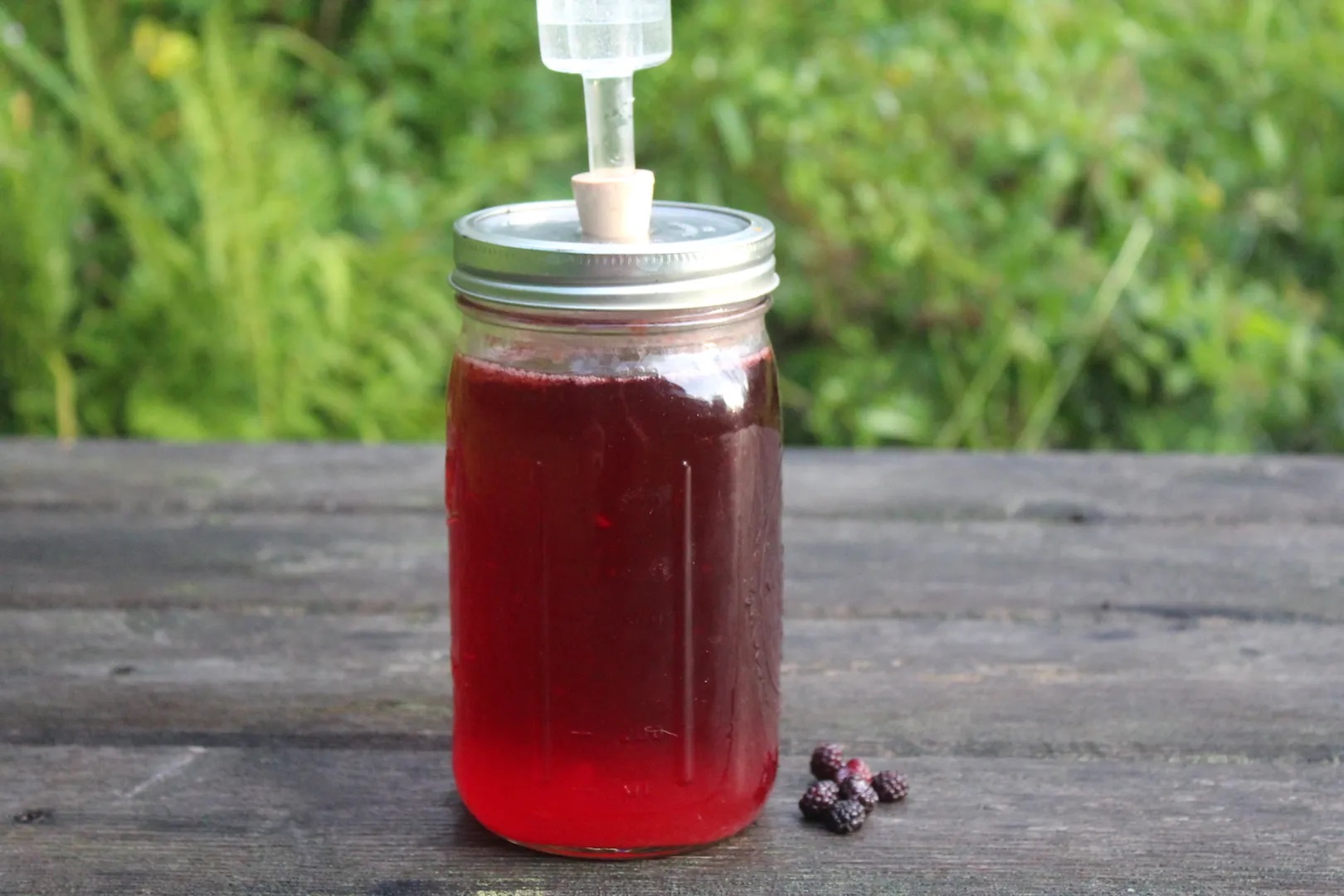Dehydrating Turmeric: A Simple Guide
If you love cooking with spices, you may be familiar with the vibrant and aromatic turmeric. This golden spice is not only popular for its flavor but also for its potential health benefits. While fresh turmeric is commonly used in cooking, dehydrating it can be a convenient way to preserve it for future use. In this guide, we’ll walk you through the process of dehydrating turmeric so you can enjoy its flavor and benefits year-round.
What You’ll Need
Before you begin dehydrating turmeric, gather the following supplies:
- Fresh turmeric roots
- A sharp knife
- Cutting board
- Vegetable peeler
- Mandoline slicer or sharp kitchen knife
- Dehydrator
- Airtight containers for storage
Step-by-Step Instructions
Follow these simple steps to dehydrate turmeric:
- Prepare the Turmeric: Start by washing the turmeric roots to remove any dirt. Use a vegetable peeler to remove the outer skin, then slice the turmeric into thin, uniform pieces using a mandoline slicer or a sharp kitchen knife.
- Arrange on Dehydrator Trays: Lay the turmeric slices in a single layer on the dehydrator trays, ensuring that there is space between each slice for air circulation.
- Set the Temperature: Set the dehydrator to a temperature between 110°F and 115°F (43°C and 46°C) to preserve the beneficial compounds in turmeric while drying it effectively.
- Dehydrate the Turmeric: Depending on the thickness of the slices, the turmeric will take approximately 6 to 8 hours to dehydrate fully. Check the slices periodically and rotate the trays if necessary for even drying.
- Test for Dryness: To check if the turmeric is fully dehydrated, remove a slice from the dehydrator and allow it to cool. It should be hard and brittle when fully dried.
- Store the Dehydrated Turmeric: Once the turmeric slices are completely dried, allow them to cool to room temperature before transferring them to airtight containers for storage. Keep the containers in a cool, dark place to maintain the flavor and potency of the turmeric.
Ways to Use Dehydrated Turmeric
Now that you’ve successfully dehydrated turmeric, you may be wondering how to incorporate it into your culinary creations. Here are some ideas:
- Grind the dehydrated turmeric slices into a fine powder using a spice grinder or mortar and pestle. Use the turmeric powder in curries, soups, and marinades for an intense flavor and vibrant color.
- Infuse the dehydrated turmeric slices in hot water to make a soothing turmeric tea. Simply steep the slices in hot water for a few minutes, then enjoy the earthy and aromatic beverage.
- Add the dehydrated turmeric slices to homemade spice blends for an extra kick of flavor and color in your dishes.
Final Thoughts
Dehydrating turmeric is a simple and rewarding process that allows you to enjoy this versatile spice throughout the year. Whether you’re a culinary enthusiast or someone who values the potential health benefits of turmeric, having dehydrated turmeric on hand can elevate your cooking and wellness routines. With just a few steps and the right equipment, you can preserve the vibrant flavor and beneficial properties of turmeric for all your culinary adventures.
So, the next time you come across fresh turmeric at the market, consider dehydrating it to create a convenient and flavorful pantry staple that will enhance your dishes and drinks with its golden goodness.
For those diving into the art of dehydrating turmeric, a great way to put this new skill to use is through a variety of exciting recipes. Consider trying the Turmeric Chicken Curry for a rich, flavorful dish that showcases the spice's depth. Turmeric Rice Pilaf is another excellent choice, offering a fragrant and colorful side dish. For a healthy and vibrant option, Turmeric Roasted Cauliflower brings a burst of flavor and color to your meal. If you're in the mood for a comforting bowl, Turmeric-Spiced Lentil Soup is both hearty and nutritious. Lastly, the Turmeric Hummus is perfect for a snack or appetizer, combining the earthiness of turmeric with the creaminess of chickpeas.
Was this page helpful?
Read Next: How To Dehydrate Whole Okra
